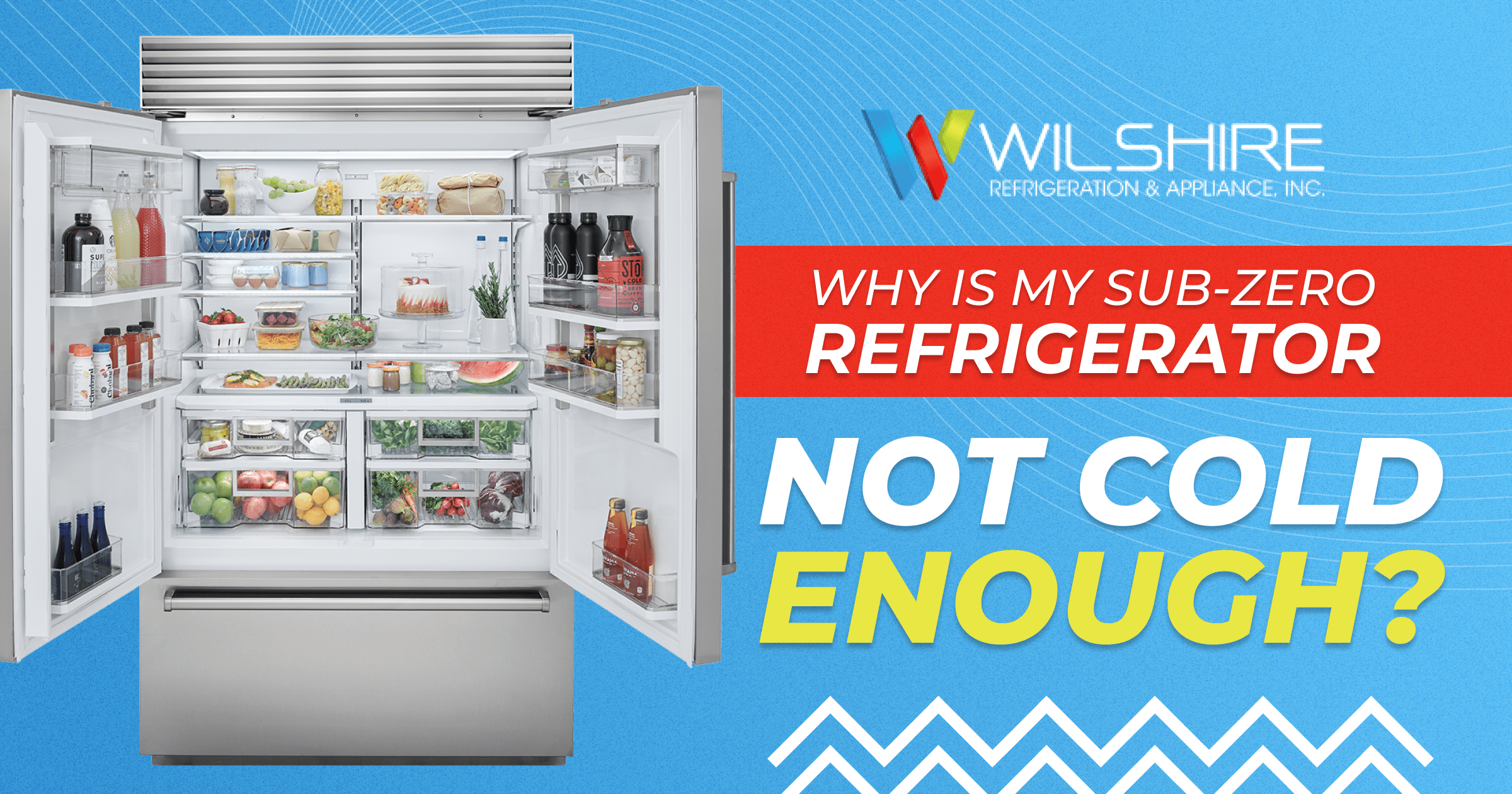Many food items can be frozen to increase their shelf life. The freezer is a convenient feature to have. But not all foods respond well to freezing. Water expands when it’s frozen, changing the texture of some foods, and freezer burn can alter their taste and appearance. Properly wrapping items can help but these 18 foods should never be put in the freezer.
- Lettuce: Along with other soft leafy greens, crisp lettuce will quickly become soggy, mushy, and translucent if frozen and thawed. Kale, spinach, and other darker greens will also be a sloppy mess unless they are properly sealed.
- Milk: Thawed milk is safe to drink. However, it will separate into chunks and liquid parts and have a strange taste. The higher the fat content the more it will separate (that’s why it’s bad to freeze sour cream or yogurt).
- Whole Eggs: If an egg is still in its shell, don’t freeze it. The water in the egg will expand, cracking the shell and possibly contaminating the freezer with bacteria. Cooked egg whites will turn rubbery when frozen due to a lack of fat.
- Cheese: Ricotta, goat, and cream cheese tend to separate when thawed out. This will change the texture and often leave fresh cheese in a waterly clump. Cheddar, Parmesan, and other hard cheeses usually fare better when frozen.
- Fried Foods: When you defrost anything from mozzarella sticks to chicken nuggets, the crisp fried exterior will become soggy. Since the crunch is what people often crave it isn’t even worth it.
- Coffee: An unopened bag of coffee beans can be frozen for up to a month. Opened bags should not be. The beans will attract condensation and absorb odors.
- Cooked Pasta: Freezing cooked pasta turns it into mush. The cell walls break apart when thawed so it won’t look or taste good. The same goes for cooked rice.
- Avocados: Freezing alters the texture and taste of avocados that make them so desirable. An avocado will also become brown as it thaws.
- Mayonnaise: The fat will separate from other ingredients, creating a clumpy mess, so never freeze mayonnaise or any mayo-based dressing.
- Non-Fatty Fish: Fat is an insulator so non-fatty fish becomes waterlogged when frozen.
- Potatoes: Raw potatoes turn soft and grainy when frozen and defrosted. However, you can freeze and reheat cooked potatoes to your heart’s content.
- Thick Sauces: Thick sauces and gravies turn watery because freezing weakens the bond between the starch and absorbed moisture. The sauce or gravy you froze will be much thinner when thawed.
- Creamed-Based Soup: A lighter soup freezes well but if it has dairy, it will likely curdle and separate in the freezer.
- Garlic: Garlic tends to become bitter after it’s frozen. Like other spices such as pepper and cloves, its flavor tends to be altered.
- Herbs: Freezing is not a good way to store herbs. They’ll turn into brown sludge, but you can cook them or tie the herbs together and hang them upside down to increase longevity.
- Tomatoes: We all want to keep heart-healthy tomatoes fresh for longer, but freezing raw ones will yield a slimy mess.
- Cucumbers: Cucumbers are a nice crunchy addition to a salad but won’t stay so after freezing. Most people don’t appreciate soft, soggy cucumbers.
- Canned Beverages: The freezer may get your drink cold fast, but leaving it in there too long can burst the can and create a big mess.
Having Trouble with the Freezer? Call Wilshire for Factory-Certified Repairs
Our tips can help preserve freezer-sensitive foods. However, if items are spoiling or the freezer is not working properly, contact Wilshire Refrigeration & Appliance. We’re known throughout Southern California and Las Vegas for high-quality appliance services. Our technicians are factory-certified to perform all types of repairs on Sub-Zero products. Request service online or call 800-427-3653 for assistance.





